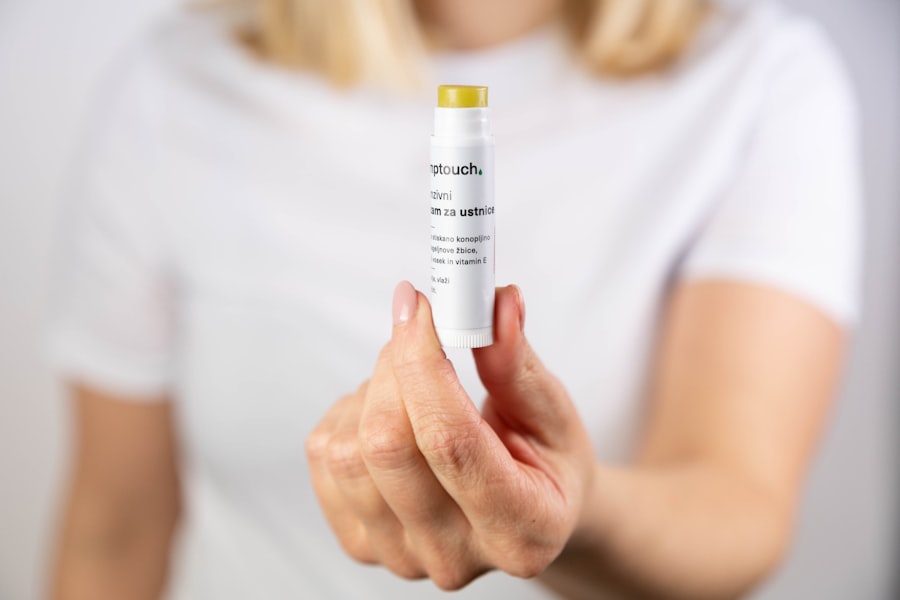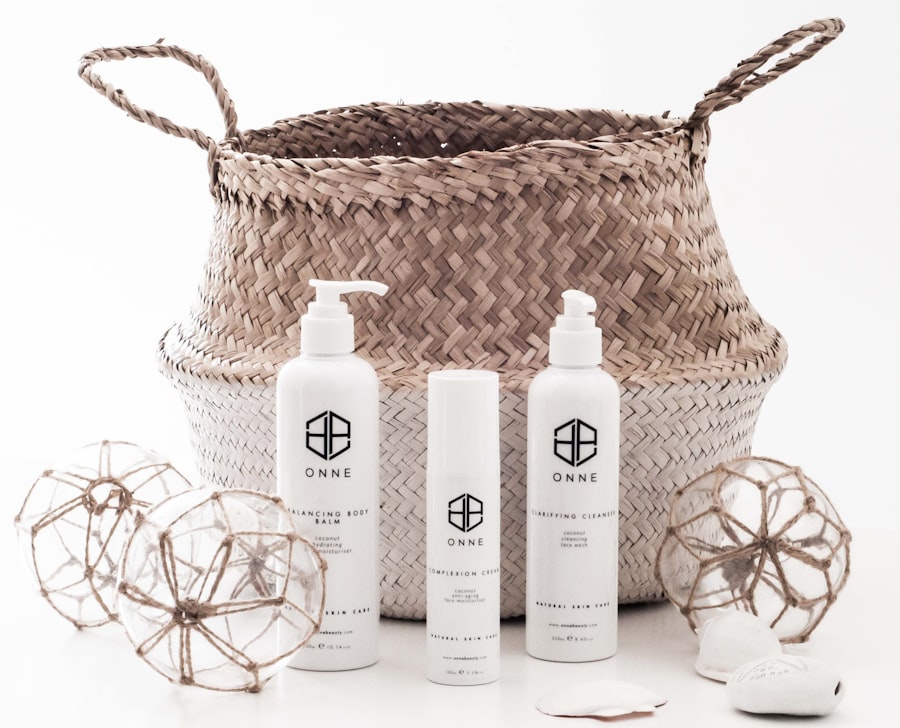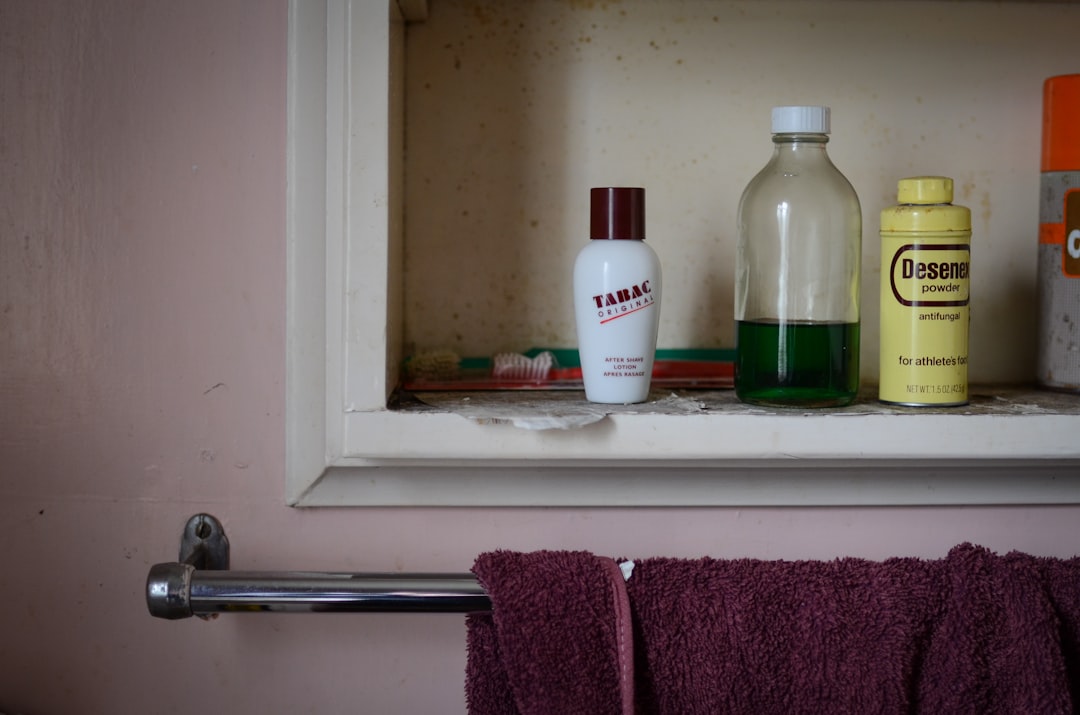Laser hair removal is a popular cosmetic procedure that utilizes concentrated beams of light to target and eliminate unwanted hair. This method works by emitting a specific wavelength of light that is absorbed by the pigment in the hair follicles. When the light is absorbed, it generates heat, which damages the follicle and inhibits future hair growth.
As you consider this option, it’s essential to understand how the technology works and what to expect during the process. The procedure is typically performed in a series of sessions, as hair grows in cycles, and not all hair is in the same growth phase at any given time. This means that multiple treatments are necessary to achieve optimal results.
Many people find laser hair removal to be a more efficient and long-lasting solution compared to traditional methods like shaving or waxing. However, it’s important to note that results can vary based on factors such as hair color, skin type, and the area being treated.
Key Takeaways
- Laser hair removal targets hair follicles to reduce hair growth
- Shave the treatment area before the session and avoid sun exposure
- Apply soothing creams and avoid hot showers after the treatment
- Stay out of the sun and use sunscreen to protect the treated area
- Keep the skin moisturized and hydrated to maintain smoothness
Preparing for Laser Hair Removal
Preparation is key to ensuring a successful laser hair removal experience. Before your first appointment, you should schedule a consultation with a qualified practitioner who can assess your skin type and hair color, discuss your goals, and determine the best treatment plan for you. During this consultation, you’ll also have the opportunity to ask any questions you may have about the procedure, including potential side effects and what to expect during recovery.
In the weeks leading up to your treatment, it’s advisable to avoid sun exposure and tanning beds, as tanned skin can increase the risk of complications during the procedure. Additionally, you should refrain from waxing or plucking hair in the treatment area for at least four weeks prior to your appointment. Shaving is usually recommended instead, as it allows the laser to effectively target the hair follicles without interfering with their growth cycle.
By taking these preparatory steps, you can help ensure that your laser hair removal experience is as smooth and effective as possible.
Aftercare Tips for Smooth Skin

After your laser hair removal session, proper aftercare is crucial for achieving smooth skin and minimizing any potential side effects. Immediately following the treatment, you may experience some redness or swelling in the treated area, similar to a mild sunburn. To soothe your skin, apply a cool compress or ice pack for short intervals.
Mayo Clinic This can help reduce inflammation and provide relief from any discomfort you may feel. In addition to cooling your skin, it’s important to keep the treated area clean and moisturized. Use a gentle cleanser to wash the area and avoid any harsh scrubs or exfoliants for at least a week post-treatment.
After cleansing, apply a fragrance-free moisturizer to keep your skin hydrated and promote healing. This will not only help alleviate dryness but also support your skin’s recovery process, ensuring that you achieve the best possible results from your laser hair removal.
Avoiding Sun Exposure
| Metrics | Value |
|---|---|
| Sunscreen Usage | 80% |
| Time Spent in Shade | 60% |
| Use of Protective Clothing | 70% |
| Sunburn Incidents | 20% |
One of the most critical aspects of aftercare following laser hair removal is avoiding sun exposure. Your skin will be more sensitive after treatment, making it more susceptible to sunburn and pigmentation changes. It’s essential to stay out of direct sunlight for at least two weeks after your session.
If you must be outdoors, wearing protective clothing and seeking shade can help shield your skin from harmful UV rays.
This will protect your skin from UV damage and help prevent any discoloration or irritation in the treated area.
Remember that even on cloudy days or during winter months, UV rays can still penetrate through clouds and cause harm. By taking these precautions seriously, you can safeguard your skin and enhance the effectiveness of your laser hair removal treatment.
Moisturizing and Hydrating the Skin
Keeping your skin well-moisturized is essential for maintaining its health and appearance after laser hair removal. Hydrated skin not only feels more comfortable but also aids in the healing process. After your treatment, opt for a gentle, fragrance-free moisturizer that won’t irritate your sensitive skin.
Look for products containing soothing ingredients like aloe vera or hyaluronic acid, which can help lock in moisture and promote healing. In addition to topical moisturizers, consider increasing your water intake to keep your body hydrated from within. Drinking plenty of water can improve your skin’s elasticity and overall appearance, making it an important part of your aftercare routine.
By prioritizing hydration both externally and internally, you’ll be setting yourself up for success in achieving smooth, healthy skin post-laser hair removal.
Avoiding Irritation and Inflammation

Post-treatment irritation and inflammation are common concerns after laser hair removal, but there are several strategies you can employ to minimize these issues. First and foremost, avoid any activities that may cause excessive sweating or friction in the treated area for at least 24 hours after your session. This includes intense workouts or wearing tight clothing that may rub against your skin.
Additionally, steer clear of harsh skincare products that contain alcohol or strong exfoliants for at least a week following your treatment. These ingredients can exacerbate irritation and delay healing. Instead, focus on using gentle cleansers and soothing creams that will help calm your skin.
If you notice persistent redness or discomfort beyond a few days, don’t hesitate to reach out to your practitioner for advice on how to manage these symptoms effectively.
Protecting the Skin from Infection
After undergoing laser hair removal, protecting your skin from infection is paramount. While the risk of infection is relatively low with this procedure, it’s still essential to take precautions to ensure your skin remains healthy during the healing process. One of the most important steps is to keep the treated area clean and dry.
Gently wash the area with mild soap and water daily, being careful not to scrub or irritate it. Avoid soaking in hot tubs or swimming pools for at least a week after treatment, as these environments can harbor bacteria that may lead to infection. If you notice any signs of infection—such as increased redness, swelling, or pus—contact your healthcare provider immediately for guidance.
By being vigilant about cleanliness and monitoring your skin’s condition, you can significantly reduce the risk of complications following laser hair removal.
Long-Term Maintenance of Smooth Skin
Once you’ve completed your series of laser hair removal sessions, maintaining smooth skin requires ongoing care and attention. While many individuals experience long-lasting results from laser treatments, some may find that occasional touch-up sessions are necessary to address any regrowth over time. Discussing a maintenance plan with your practitioner can help you determine how often you should return for additional treatments.
In addition to touch-ups, incorporating a consistent skincare routine into your daily life will help keep your skin looking its best. Regularly moisturizing and protecting your skin from sun exposure will contribute significantly to its overall health and appearance. Furthermore, consider consulting with a dermatologist about additional treatments or products that may enhance your results and keep your skin smooth for years to come.
By understanding the intricacies of laser hair removal and committing to proper aftercare practices, you can enjoy the benefits of smooth skin while minimizing potential side effects. With careful preparation and ongoing maintenance, you’ll be well on your way to achieving long-lasting results that leave you feeling confident and carefree in your own skin.
Aftercare for laser hair removal is crucial in ensuring optimal results and minimizing potential side effects. One helpful resource for learning more about aftercare tips is the blog section of In Laser Hair Removal’s website. In a recent article titled “The Importance of Post-Treatment Care for Laser Hair Removal,” the blog provides valuable insights on how to properly care for your skin after a laser hair removal session. For more information on aftercare and other related topics, visit inlaserhairremoval.
com/blog/’>In Laser Hair Removal’s blog.
FAQs
What is aftercare for laser hair removal?
Aftercare for laser hair removal refers to the steps and precautions that should be taken after undergoing a laser hair removal treatment to ensure proper healing and optimal results.
Why is aftercare important for laser hair removal?
Aftercare is important for laser hair removal to minimize the risk of complications such as skin irritation, redness, and swelling, and to promote the best possible results from the treatment.
What are some common aftercare tips for laser hair removal?
Common aftercare tips for laser hair removal include avoiding sun exposure, using gentle skincare products, avoiding hot showers and baths, and keeping the treated area clean and moisturized.
How long does aftercare for laser hair removal last?
Aftercare for laser hair removal typically lasts for a few days to a week, depending on the individual’s skin sensitivity and the intensity of the treatment.
Are there any specific products recommended for aftercare for laser hair removal?
Some recommended products for aftercare for laser hair removal include gentle cleansers, fragrance-free moisturizers, and aloe vera gel to soothe any redness or irritation.
What should I avoid after laser hair removal treatment?
After laser hair removal treatment, it is important to avoid sun exposure, hot showers and baths, harsh skincare products, and picking or scratching the treated area to prevent irritation and complications.





